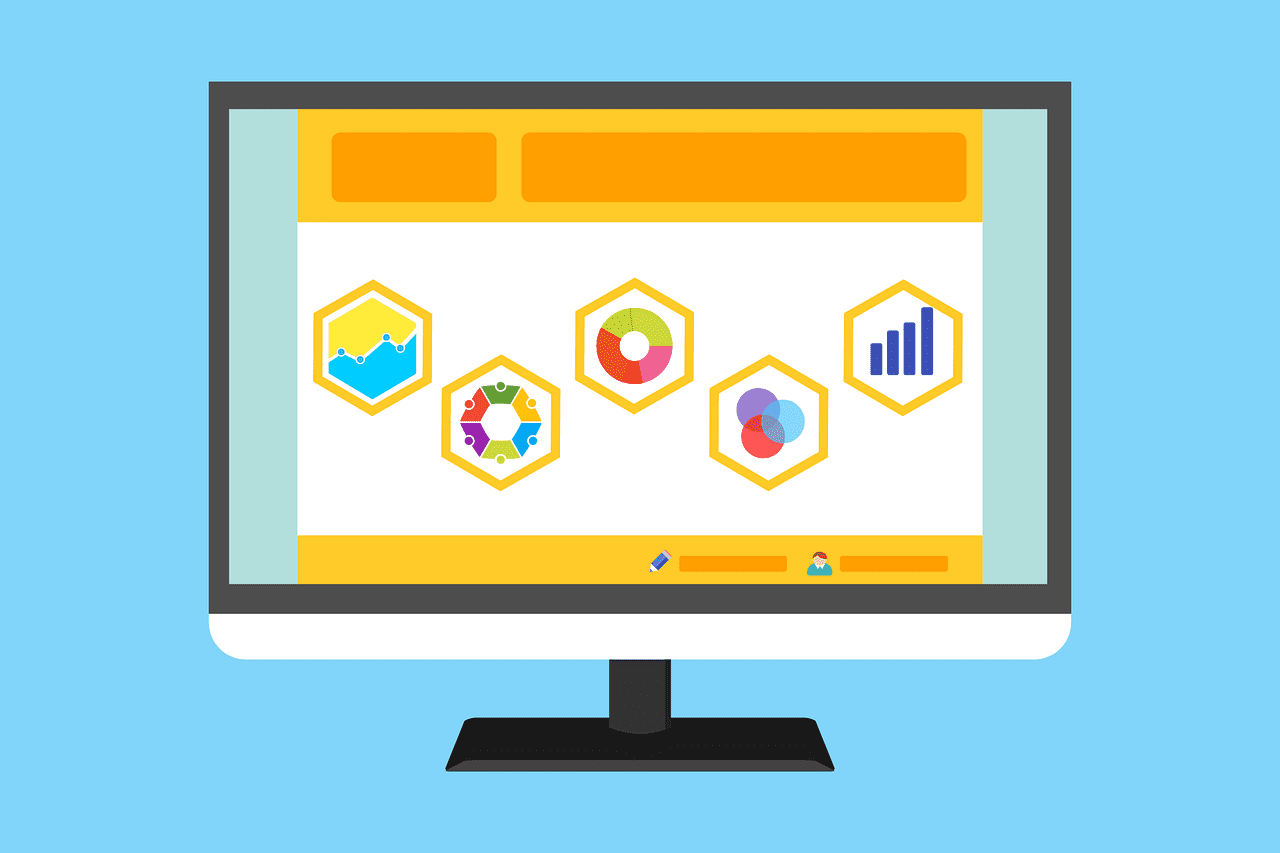Data collection is built into most, if not all, platforms these days, but knowing what to do with it once you have it can be challenging. After all, customer data can seem like an impenetrable monolith, with too much going on to actually be used for any one thing. It’s crucial to use it well, everyone says, but how do you actually do so?
With the right strategies, you can use the data you collect from your sites to keep the ball rolling in the right direction: improving marketing campaigns, customer experience, and eventually leading to greater sales. Here’s how to make the most of the data tools at your disposal:
Identify Your Audience
One of the biggest areas in which data can help a newer business is in figuring out who to cater to: is your potential customer base older? Younger? Trendier? More off the beaten path? No matter what your audience may be, data can help you figure it out.
Data can help you identify patterns in how your customers behave, including what they have in common with one another and how quickly they come to trust new brands. This can be incredibly relevant for your business: should you be spending time reaching out for new customers, or will they come through word of mouth if you manage to hold onto existing ones? These questions may seem kind of trivial, but they can be crucial in helping you parse out what will be an effective marketing strategy and what will be a waste of time and money for your business.

Figure Out What Works
This is the number 1 reason that data analytics is so important this day and age: it can tell you, in nearly real time, how well a strategy is working. In the days before massive data analytics, it could take weeks or even months to hand collect enough data to understand how a business’ action affects its customer base; now, it can take mere hours.
Data analytics can tell you where customers are coming from, which tells you where you should be focusing your efforts. It can tell you if the people coming from a specific location are more or less receptive to your message as well. Say, for example, that you have an ad campaign running on Instagram that gets a ton of people to look at your website, but rarely converts them into actual customers, much less loyal ones. Should you keep your marketing focus on Instagram? Not at all. Data analytics can help you figure this out quickly and refocus your efforts where they will pay off more efficiently, saving you time, money, and plenty of headaches in the process.
Play Into Your Strengths
The kind of business you operate can help determine what marketing strategies work the best for you. For some, this can be obvious: brick-and-mortar stores have long been aware of how to target the 5 senses to provoke an automatic response in potential customers that makes it more likely that they’ll engage with the store, but if your business is less traditional, you’re going to need some data on what works.
Every kind of business has its advantages and disadvantages, and it’s important to know what those are going into your marketing campaign. Data can illuminate what strategies have worked for your company so far so that you can lean into what’s efficient as soon as possible. Then you can adapt extremely quickly to the changing trends in your data as well: maybe a campaign you had been running for months that was really successful starts to peter off in terms of conversion. With data analytics, you can respond quickly with a new campaign that takes the best of what worked from your old one and repackages it in a new campaign that captures the hearts and minds of your customers. Before big data, this could have taken years; now, you can respond so quickly that customers won’t even have time to sour on your brand.
Conclusion
Data analytics can seem like just massive spreadsheets with no rhyme or reason to them, but not using them means that you’ll be missing out on tones of information that can be massively useful for your company. These analytics can illuminate who your audience is, what strategies you can use to effectively reach them, and how well your current strategies are working, all within a few hours of setting up your collection process and beginning your analysis. By using your data as effectively as possible, you can wind up with campaigns that create a positive feedback loop of bringing in customers, refining your message, and bringing your brand to the forefront of its industry.

































